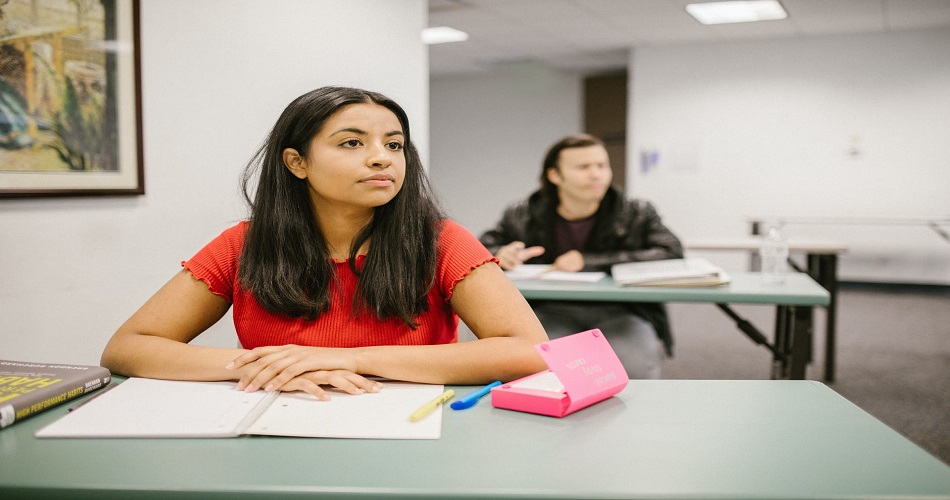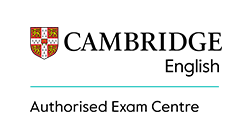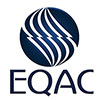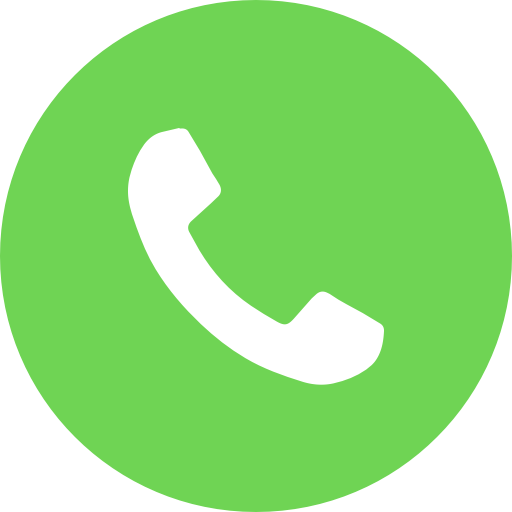For ESL teachers, there can be several dilemmas in error correction. Whether or not error correction is appropriate to the moment – relies on the factor of lesson objective – fluency or accuracy. Both for In-class and Live Online TEFL classes, the key to use error correction effectively is in knowing how to utilize the method with sensitivity where students do not lose their motivation in learning the language.
What is Error in ESL?
Traditionally, there are two categories – Error and Mistake.
Mistake or slip is an accident or a lapse on the learner’s side. Here the ESL learners have the knowledge of the language but it can occur in form of omission, typos, and grammar/spelling mistakes. Slip can happen by anyone even native speakers. These are kinds of human error that are natural to arise.
Contrary to this, Error happens when the learners do not have the knowledge of the language. This could either occur when there has not been sufficient exposer to the language or it could also be the case where the language was acquired incorrectly. This could even be that the learner has forgotten about the particular techniques to avoid such language errors.
3 Different types of errors correction for ESL learners –
Self-Correction
The self-correction allows students to become more aware of their language construction both in verbal and written communication. It provides a chance for the learners to analyze and think about the error they made so that they can correct themselves without any help. Self-correction is where the teacher only hints about the error through gestures, signs, or facial expressions like raising eyebrows. It only notifies the student – without getting too involved in the process of forming the language.
Whether you are teaching in a physical classroom or Live Online TEFL classes, you need to ensure that the learner is getting enough chances, time, and scope to self-correct them. When the errors are just mistake or slip the teacher's role is only to provide the space for the correction to happen, but when the error seems to appear repetitively, it might be fossilized error (occurs when language is learned inaccurately) which needs to be addressed.
Peer Correction
The classroom environment for ESL learners can also be utilized as a catalyst to adopt the language. Peer correction can often help to create such a healthy learning environment, where students can help each other and correct one another. When a particular learner is not able to recognize his/her mistake, instead of you getting involved, you can encourage other students to correct the error. This way, too much teacher talk can be brought to check and you can provide an interactive classroom to the students.
Correction by the Teacher
Teacher correction is the most popular also the most practiced method of error correction in ESL classrooms. However, this should always be the last resort for you to facilitate learning. The primary reason behind this is to ensure autonomy with the students. Giving the chance to self-correct themselves should be your first priority. When they really cannot integrate their learning into practice, your intervention is required to help them understand and correct their error.
Though there are several ways correct students error, the teacher's judgment of when and how to correct remains the primary concern. Depending upon whether your aim is on accuracy or fluency, teacher-correction can be either on spot or after the language task is done. Especially when you are focusing on fluency, it is better to discuss about the errors only after the activity is done.
Eventually, the culture and the age groups have major influences on the error correction. ESL teachers must bear in mind that error correction must always take place when there is a true need, otherwise, the danger of overcorrection can be demotivating and disturbing to the flow of the lesson.
To ensure international career in teaching EFL/ESL, the teacher must harness their language teaching skills to facilitate healthy learning environments, and to do that the teacher needs to create a positive experience for learners. Whatever method you are going to apply in your classroom is a direct reflection of how you see your learners. Ultimately, your goal is to enable students to use the language to enhance their productive and receptive skills.
Written By : Ashwini Chandra











